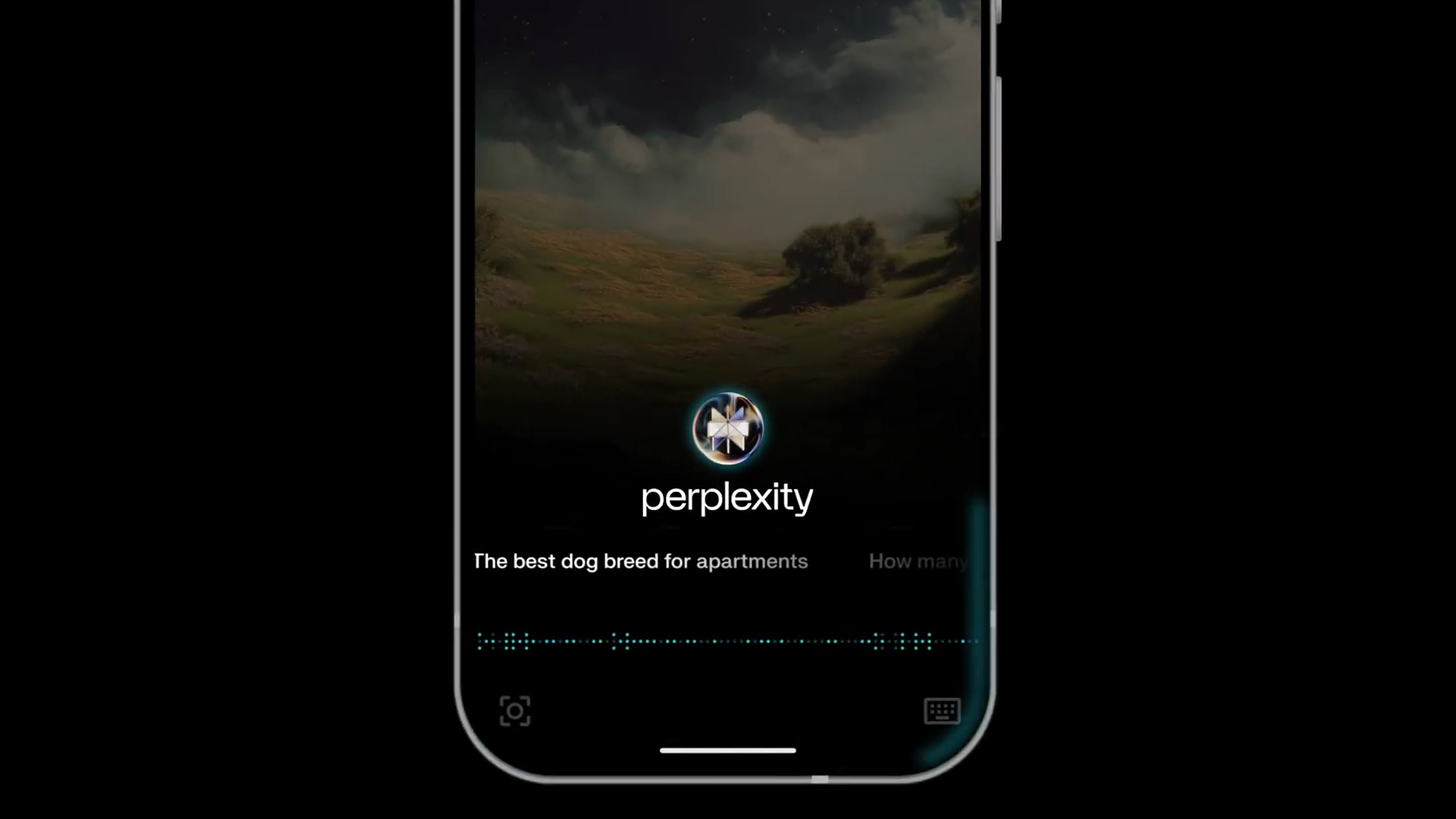- Perplexity AI has released a mobile app for Android
- The Perplexity Assistant offers voice, text, and camera-based interactions for tasks such as booking rides and identifying objects
- The assistant integrates with apps and leverages real-time information and task automation
AI conversational search engine Perplexity is going mobile on the Google Play Store with a new Android app. Peeplexity’s app pitches itself as a kind of digital Swiss Army knife that can manage tasks for you, including making reservations and identifying objects through your phone’s camera. Best of all, the app is free and speaks 15 languages.
By leveraging Perplexity’s own search engine, the assistant can also tap into real-time web information, so it’s not just regurgitating pre-programmed answers. This should, in theory, make it smarter and more versatile than many of its competitors. To juggle all of those abilities, Perplexity can maintain context across multiple tasks. That means it won’t double-book you and will remember what you like and don’t like.
“You can do many cool things like booking an Uber, finding dinner tables, playing an old YouTube video, playing songs, getting directions, and translating Shakespeare, all with voice and a simple action button or gesture,” Perplexity CEO Aravind Srinivas explained on X. “Cool thing about this is everything stays in context. You can start with a conversation about some question you have and follow up to set an action related to it, e.g., getting an alert ahead of a basketball game.”
Say you want Perplexity to help with your dinner plans. The AI will look for restaurants, check reviews, suggest dishes for you, and book the table on OpenTable, all in one conversation. Srinivas admitted that the restaurant booking “doesn’t always work” but promised it would be sorted out soon.
Introducing Perplexity Assistant.Assistant uses reasoning, search, and apps to help with daily tasks ranging from simple questions to multi-app actions. You can book dinner, find a forgotten song, call a ride, draft emails, set reminders, and more.Available on Play Store. pic.twitter.com/UHdUIiDOzDJanuary 23, 2025
Here are a few more examples of what Perplexity Assistant can do. We can’t wait to see how you use it.Get it here: https://t.co/H4J9cr68So pic.twitter.com/F7ibSFfrgqJanuary 23, 2025
Perplexity resolved
This launch comes on the heels of Perplexity’s broader expansion efforts, including rolling out Sonar, an API that lets businesses integrate Perplexity’s search tech into their own apps. It’s part of a growth strategy that also includes acquiring the professional social media platform Read.cv. Clearly, Perplexity is trying to build an ecosystem where its AI doesn’t just answer your questions but also becomes an indispensable part of your daily workflow. Whether it’ll succeed in creating a full-blown AI assistant that people can’t live without remains to be seen
Perplexity is facing a crowded market, so anything to stand out will be useful. To beat ChatGPT, Google Gemini, or Apple‘s latest enhancement of Siri through Apple Intelligence will require a lot of creativity from Perplexity. Still, if Perplexity’s app can deliver consistently with its multimodal capabilities and app integrations, it stands a real chance of muscling aside those rivals, at least partly.
People love novelty, but they hate frustration. If Perplexity can avoid or quickly squash any bugs, you might see a lot of people becoming far less perplexed about AI apps as a concept.


































You must be logged in to post a comment Login